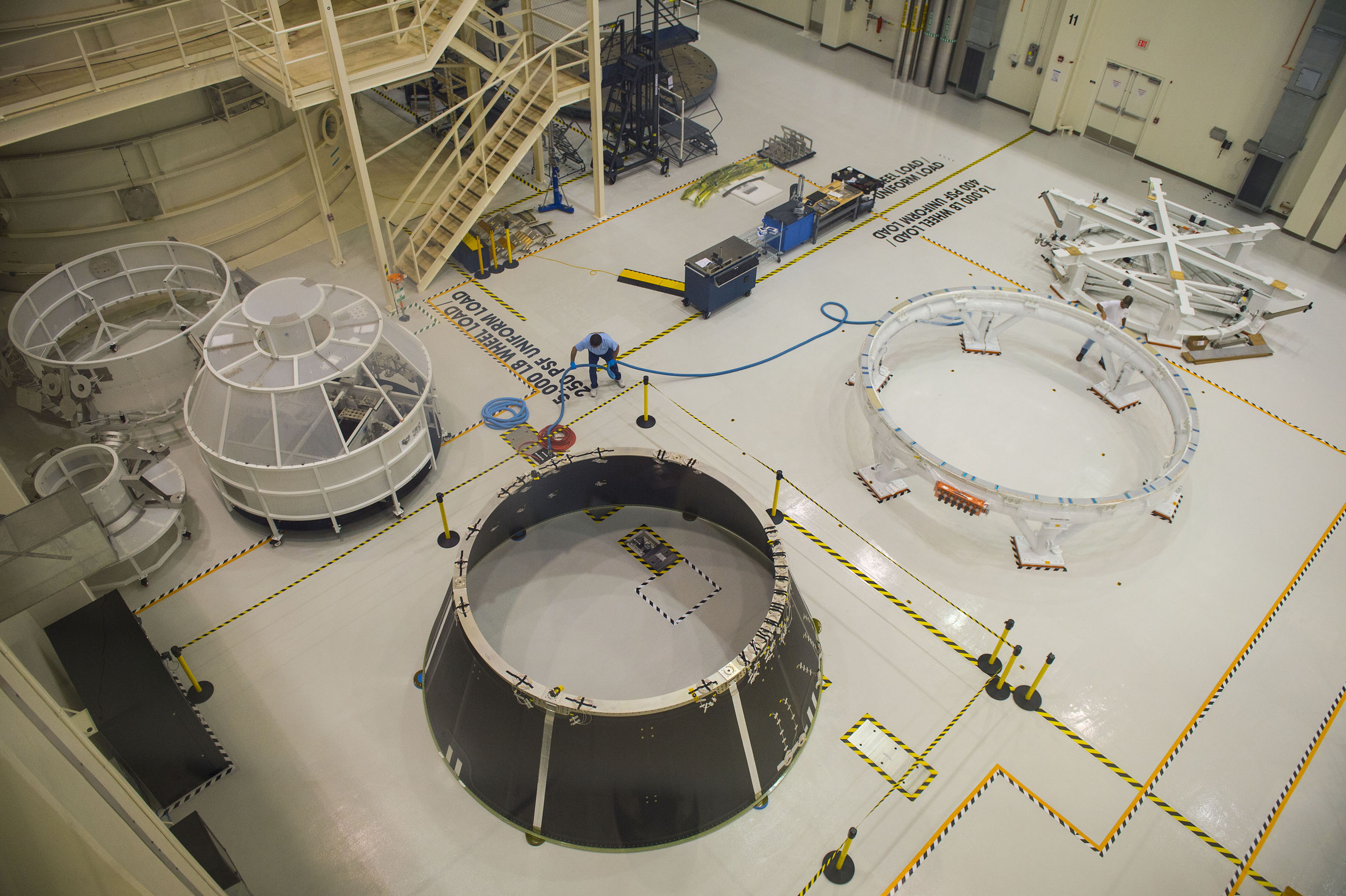NASA is looking for a rock. It has to be out there somewhere — a small asteroid circling the sun and passing close to Earth. It can't be too big or too small. Something 6 to 9 meters in diameter would work. It can't be spinning too rapidly, or tumbling knees over elbows. It can't be a speed demon. And it shouldn't be a heap of loose material, like a rubble pile.
The rock, if it can be found, would be the target for what NASA calls the Asteroid Redirect Mission. Almost out of nowhere it has emerged as a central element of NASA's human spaceflight strategy for the next decade. Rarely has the agency proposed an idea so controversial among lawmakers, so fraught with technical and scientific uncertainties, and so hard to explain to ordinary people.
The mission, which could cost upward of $2 billion, would use a robotic spacecraft to snag the small rock and haul it into a stable orbit around the moon. Then, according to NASA's plan, astronauts would blast off in a new space capsule atop a new jumbo rocket, fly toward the moon, go into lunar orbit, and rendezvous with the robotic spacecraft and the captured rock. They would put on spacewalking suits, clamber out of the capsule and examine the rock in its bag, taking samples. This would ideally happen, NASA has said, in 2021.



